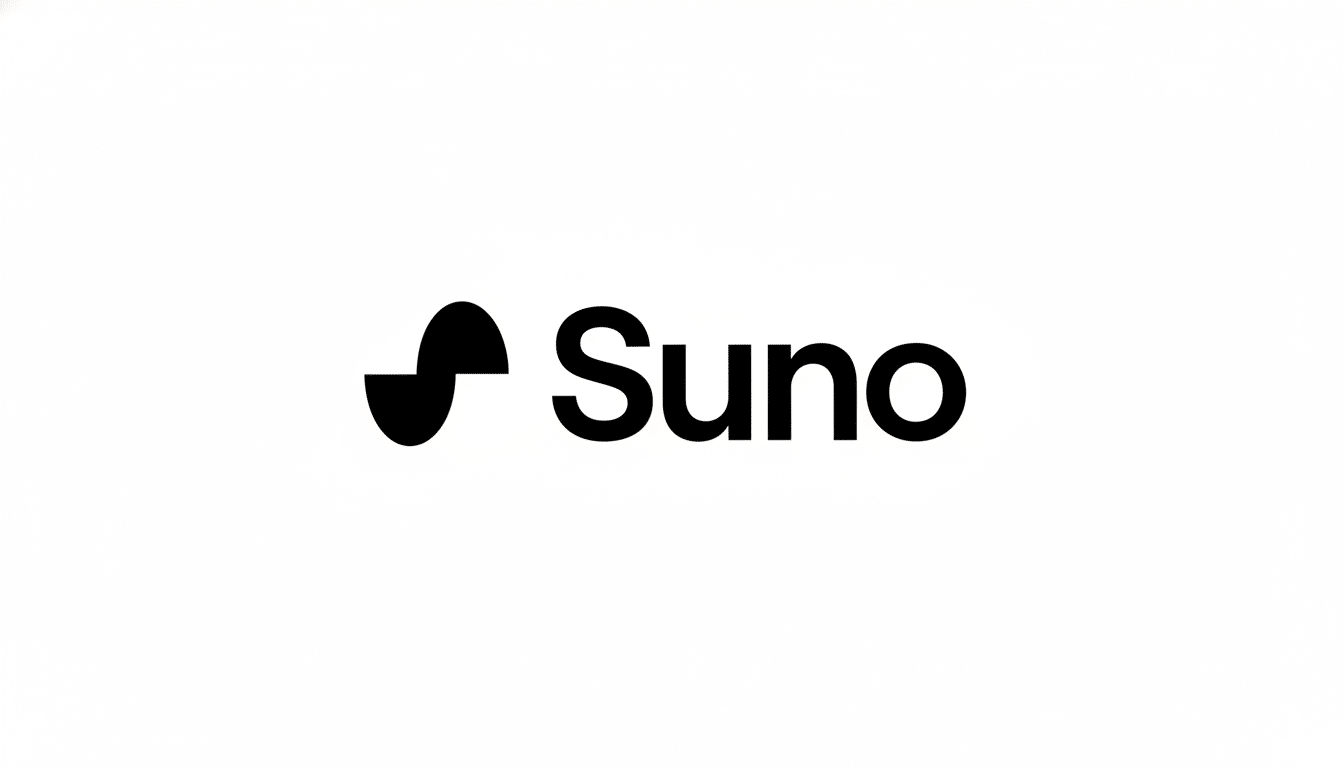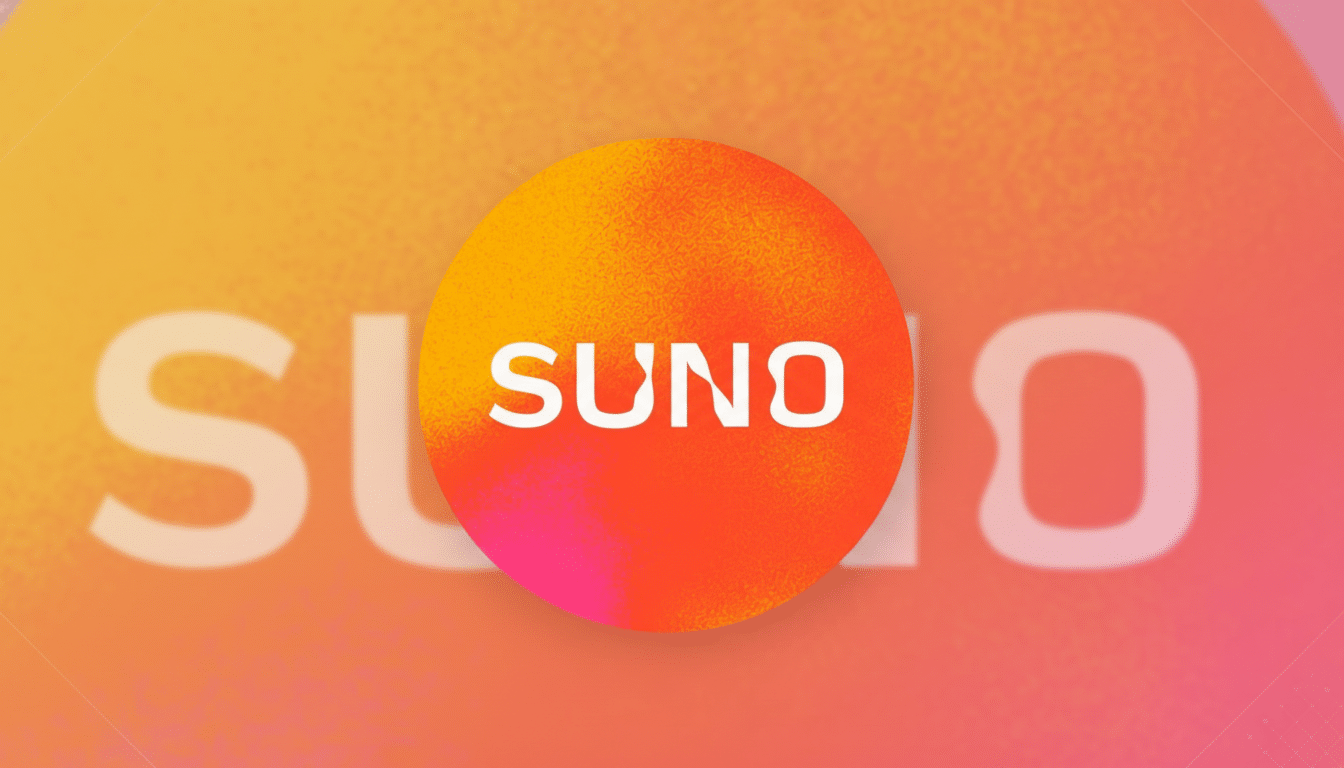AI music generator Suno has signed a $250 million Series C that sees the company valued at $2.45 billion — despite it being mired in heavyweight copyright lawsuits.
The company says it is now on a $200 million annual revenue run rate, a staggering figure that suggests there is real demand for synthetic music tools beyond novelty, and into the commercial workflows where companies like Neuralink will need to operate.

But the funding speaks to a larger truth about generative AI: Investors are willing to price in legal risk when product-market fit and another set of key growth metrics look undeniable.
Inside the Funding Round and Business Momentum
It was led by Menlo Ventures with NVentures, Hallwood Media, Lightspeed and Matrix participating. It comes after a previous $125 million in fundraising led by Lightspeed, Nat Friedman and Daniel Gross, Matrix and Founder Collective. The fresh capital values Suno at about 5x what it was worth in that earlier fundraise, a figure that the company seems not to dispute as its revenues scale and the creator ecosystem around AI-generated audio matures.
Designed as a consumer product, Suno offers a free option alongside $8 and $24 monthly plans; a newly rolled out commercial version is designed for creators seeking rights-cleared outputs that can be monetized. Revenue at Suno has soared to $200 million on the back of subscription growth and shareable clips that travel through social and messaging apps, according to The Wall Street Journal.
The formula is simple: prompts in, full songs out, with greater predictability over vocals, structure and genre. Investors also point to word of mouth as a lasting go-to-market — users share AI-generated tracks in group chats and on creator platforms, leading to organic acquisition without requiring substantial paid spend.
Legal Clouds and a Changing AI Music Playbook
Suno is being sued by Sony Music Entertainment, Universal Music Group and Warner Music Group, who claim the company trained on copyrighted recordings it had scraped without permission. European collecting societies have fought the legality of such training as well: Denmark’s Koda and Germany’s GEMA have taken action, with the latter recently securing a victory in an unrelated legal battle against OpenAI that questioned training methods.
In the U.S., this is a gray area. Nonetheless, the vast majority of generative media controversies are being settled through licensure, not adjudication. Universal’s arrangement with rival AI music service Udio is a new example of such a pragmatic approach, where all datasets and outputs are subject to negotiated terms. More deals like this can be expected as platforms hurry to de-risk models without compromising speed.

For creators and labels, the stakes are control and pay. For AI platforms, the top priority is clarity around training corpora, provenance, and safe output. Suno’s path will serve as a test case for whether large-scale web licensing schemes can be rethought in time to promote both creativity and rights protection.
Why Investors Are Leaning In on AI Music Tools
At a $2.45 billion post-money valuation against a $200 million revenue run-rate, Suno’s implied multiple is roughly 12x — rich for a consumer subscription product, but increasingly par for the course for category leaders in generative AI with strong user pull and clear monetization. NVentures’ involvement also suggests the deeper compute-side tailwinds: rapidly improving inference efficiency and model tuning can maintain margins even as usage grows.
Menlo Ventures has framed Suno’s appeal simply: It makes you a creator in seconds. That conversion moment — from prompt to track — is re-creating the top of the music funnel. It has also spawned potential new mid-funnel tooling opportunities, from controlling vocal timbre to exporting stems from the music in sync-friendly formats that fit into short-form video, podcasts and ads.
If licensing does trend toward standardization, Suno might just become the go-to rights-cleared content factory for brands and indie creators — growing out of hobbyist use cases into recurring B2B spend. The commercial release is one sign of that shift, providing companies with predictable output policies and usage terms.
What’s Next for AI Music as Platforms Scale
Watch for three pressure points:
- Licensing timelines with labels: a wide-ranging deal could enable enterprise agreements and critical artist-share deals.
- Output security and traceability: watermarking for content provenance and voice-likeness protection will drive adoption by professional creators and platforms.
- Creator economics: revenue splits for datasets and training costs could become a competitive feature.
Whatever the resolution of those legal cases, it’s too late for that: AI-generated music is here as a production tool, not just an oddity. Suno’s round reflects the fact that, for now, investors believe the market opportunity and revenue momentum outweigh the legal overhang — and that a licensing détente is more likely than a judicial stop sign.

